The world is a very different place from when +972 Magazine began as a blog in 2010. Benjamin Netanyahu’s now record-breaking stint in power was barely a year old; there was no coronavirus pandemic or reality TV star-turned-autocrat in the White House; and social media was not the fake news factory it has become today.
Yet for all that is unrecognizable about the world now, there are also many things that are all too familiar, not least in Israel-Palestine: the ongoing theft and settling of Palestinian land; a military occupation that has lasted over half a century; a choking siege on Gaza; racism against African asylum seekers and Ethiopian Israelis; and an abiding refusal by the Israeli state and large segments of its society to face head-on the legacy of the country’s founding, to name but a few.
Looking back over a decade’s worth of reporting, opinion, analysis, and photography on +972, the deepening of all these oppressions is starkly apparent — even as hopeful new trends have emerged through activism, political awakenings, and growth of international solidarity. We hope that this complex, contradictory portrait of a decade of immense change, combined with grim stagnation and deterioration, does justice to the battles that have been waged for freedom and equity — and to those whose work has made +972 what it is today.
Young Mizrahi Israelis’ open letter to Arab peers (2011)
The raucous first years of +972 dovetailed with the eruption of pro-democracy protests across the Arab world, from Tunisia to Egypt to Syria. The Arab Spring — or at least its embryonic stages — became a beacon for much of the world, inspiring millions to imagine a different Middle East. In Israel, Jews who had left or fled those countries decades ago watched in awe as the struggle for freedom played out in places many had only dreamed of visiting. In mid-2011, a group of young Mizrahi activists penned a letter of support for the protesters, calling for “intra-regional dialogue” based on similar political and economic demands. In the years to come, the fire of the Arab Spring was extinguished by repressive regimes, religious fundamentalists, and foreign interventions, while Mizrahi activism turned inward with a less overtly internationalist position. Still, almost 10 years later, the letter is inspirational not only in what its signatories imagined was possible, but what may still, despite it all, be possible one day. – Edo Konrad
Visualizing Occupation: Children under Israel’s legal regime | Michal Vexler (2012)
In what would become one of +972’s most popular posts of all time, Israeli graphic designer Michal Vexler sought to break down how Israel’s military regime affects Palestine’s most vulnerable group: children. Using the above visual, Vexler demonstrates what would happen should two 12-year-old boys in the occupied territories — one Israeli and one Palestinian — be arrested for getting into a fight. The Israeli would swiftly be brought before a judge, given access to a lawyer, tried, and spared jail time. The Palestinian could face two years in jail without ever having a trial. It’s that simple, that banal, and that horrendous. – EK
Detained: Testimonies from Palestinian children imprisoned by Israel | Samar Hazboun (2013)
Back in 2013, Palestinian photographer Samar Hazboun looked at one of the most painful experiences that Palestinian children endure in the ongoing Israeli occupation: imprisonment. Through interviews with ex-detainees and mothers of minors presently in detention, Hazboun’s project documented their stories and lent a voice to those who are silenced from fear of negative repercussions. – EK
Rightists say bring down the wall, leftists say let’s keep it | Dimi Reider (2013)
Dimi Reider’s keen eye for counterintuitive observations is on fine display in this piece. In a paradoxical twist, Dimi Reider finds that it is in fact prominent members of the Israeli right who are increasingly calling for the West Bank separation wall to be torn down — because they fear that the wall would become the official border of a Palestinian state. Figures from the Israeli left, meanwhile, want to keep the separation wall for precisely that reason. It’s an astute analysis of the hypocrisy and racism of the Israeli left’s “separation” doctrine. – Amjad Iraqi
The night it became dangerous to demonstrate in Tel Aviv | Haggai Matar (2014)
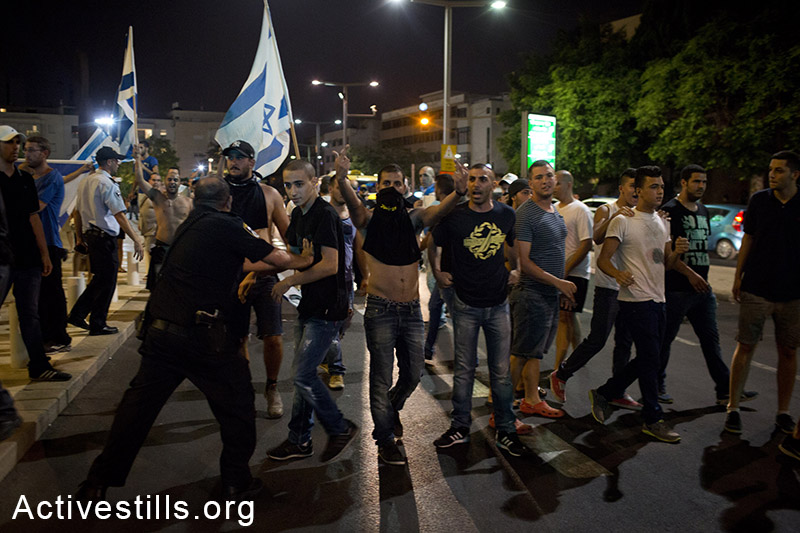
The summer of 2014 was a turning point, not only in relations between Israel and the Palestinians, but inside Jewish-Israeli society itself. As the Israeli Air Force dropped bombs on a civilian population in Gaza and Palestinian militants fired rockets deep into Israel, anti-war protesters were repeatedly met by street gangs led by a once-popular rapper turned nationalist provocateur. +972’s Haggai Matar saw first-hand how the far-right thugs pummeled left-wing demonstrators, even sending some of them to the hospital, and knew things would never be the same again. – EK
Anticipating sirens and contractions: Bringing a baby into this reality | Mairav Zonszein (2014)
In the summer of 2014, as Israel went to war in Gaza for the third time in six years, +972 writer Mairav Zonszein was mentally and physically preparing herself to bring a child into the world. Furious and terrified over the fact that her baby’s “first days of existence will be shrouded in unnerving sounds and an atmosphere of fear, violence, death and destruction,” Zonszein excoriates the Israelis who think they can continue their policies of siege and destruction, and that magically, somehow, our children won’t be made to pay a price at some point. The result is one of her most poignant and personal pieces to date. – EK
BDS is not a Zionist movement | Michael Schaeffer Omer-Man (2015)
Mike told me that he knew the title of this article before he even wrote it — and it is as sharp and cogent as the text itself. He explains very bluntly why liberal Zionists are unable to accept the Palestinian-led Boycott, Divestment, and Sanctions movement: not only does it defy the archaic “statehood” paradigm that has dominated the discourse on Israel-Palestine, but its core demands of human rights and equality for all — including for Palestinian refugees — are inherently at odds with Zionism’s demand for ethno-religious rule. Along with his excellent critique, don’t forget Mike’s tip: rather than guessing what BDS wants, just go to its website to find out. – AI
Mizrahi struggle 101: A beginner’s guide for Ashkenazim | Orly Noy (2015)
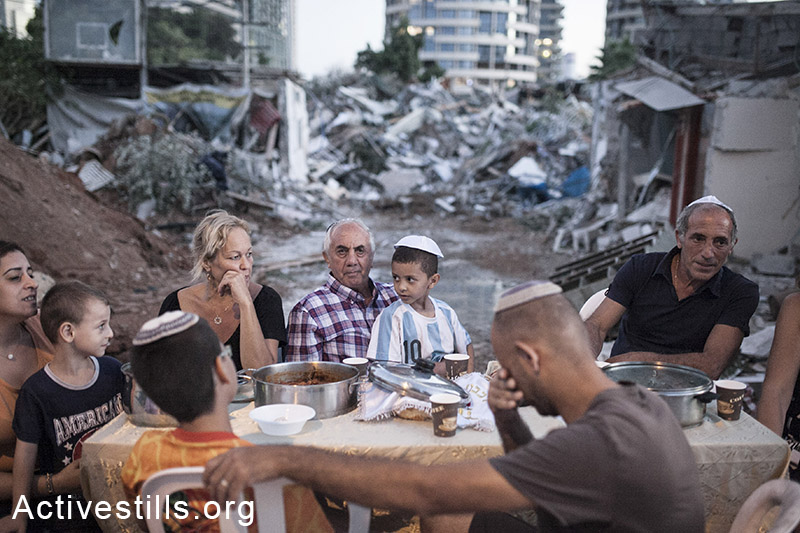
In a year when liberals around the world have publicly wrestled with the meaning of white privilege, Orly Noy’s razor-sharp rundown for Ashkenazi Jews claiming allyship with Mizrahi Jews — or, as is often the case, assuming intimate knowledge of the Mizrahi experience — rings as true and as valuable as ever. Driving her guide, Noy writes, is not a sense of cynicism but rather “a deep belief that the Mizrahi discourse must open its ranks and include non-Mizrahi allies” — even as such efforts to bridge-build often replicate the racism and dismissiveness toward Mizrahi Jews that plays out in wider society. – Natasha Roth-Rowland
Against hasbara: Explaining ourselves to death | Dahlia Scheindlin (2015)
All countries care about their image, wrote Dahlia Scheindlin in this article that tries to dissect the internal logic of Israel’s well-oiled hasbara machine. But the hasbara obsession is a financial and human resource guzzler, diverting money, time, and thought from solving Israel’s problems — choosing instead to plaster over them with stories of glory and victimhood. Perhaps more than anything, Israeli propaganda is a conscious distraction from real policy debates, and one that serves only to perpetuate harmful policies. In the future, Scheindlin said, even if Israelis wish to change their minds or question what isn’t working, they may no longer know how to do so. Hasbara activists might be able to pat themselves on the back six years later, but the reality they help to cover up will remain staring them in the face. – EK
The lynching of Habtom Zarhum: A history of incitement | Mya Guarnieri Jaradat (2015)
The obscene October 2015 assault on Habtom Zarhum, an Eritrean asylum seeker whom Israelis beat to death after mistaking him for a Palestinian who had carried out a terror attack, is put into social and historical context in this stark piece by Mya Guarnieri Jaradat. As she writes, the attack not only took place in the midst of a wave of violence across the country, in which Israeli forces were encouraged to shoot to kill during suspected attacks; it also formed the latest installment in a years-long parade of racist and xenophobic incitement against African asylum seekers. That toxic brew of dehumanization led to Zarhum’s death — which, in one of the most tragic details in the piece, finally granted him the personhood Israel had until then denied him. It was only after he lost his life that the Israeli media saw fit to call Zarhum an asylum seeker or a refugee, rather than the “infiltrator” label they customarily apply to Africans seeking refuge. – NRR
Overcoming Jewish America’s Israel fantasy | Lisa Goldman (2015)
Lisa Goldman’s rich, acerbic piece expertly assesses the schism in American-Jewish life that has since yawned ever wider due to the polarization of the Trump years. Taking a batch of oafish meditations by former Israeli ambassador to the U.S. Michael Oren, Goldman notes that Oren’s Exodus-like personal narrative simply does not hold sway over Jewish millennials in the way that it had over boomers for decades. From this, she diagnoses one of the key causes of the growing chasm among American Jews: that the younger generation, who don’t expect their lives to resemble “a plot ripped straight from a Leon Uris novel,” are seeking to redefine their Jewish identity away from paradox and moral compromise. Perhaps one day, as Goldman hopes, it will no longer be “more acceptable for a Jew to question the existence of God in synagogue than to criticize Israel.” – NRR
The murder of the Dawabshe family | Samah Salaime (2015-16)
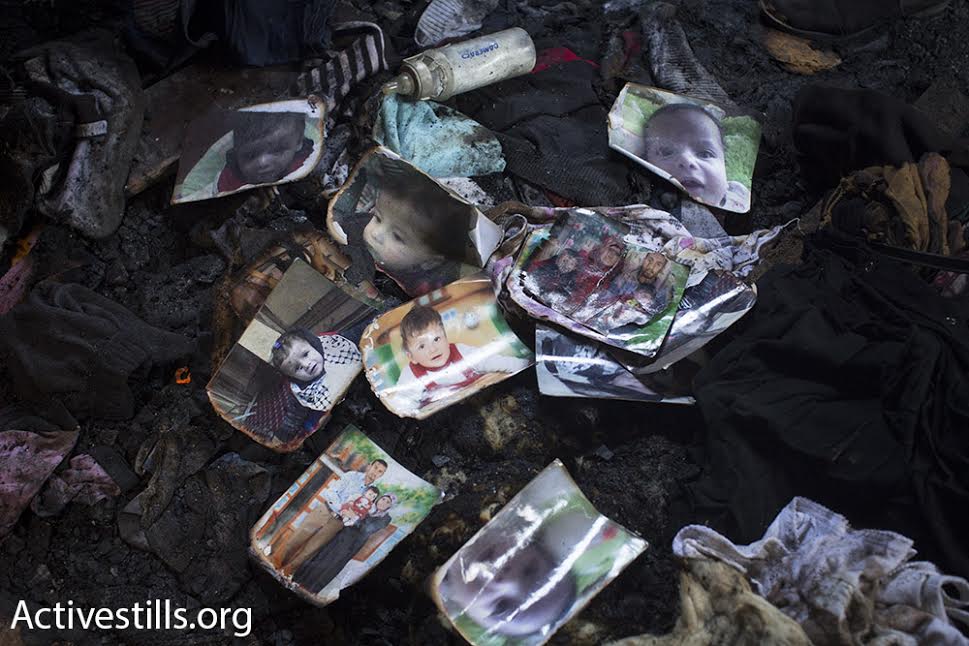
Samah Salaime’s reporting on one of the most horrific Jewish terror attacks of the past few years — the firebombing of the Dawabshe family home in Duma that killed both parents and the baby, and left a four-year-old grievously injured — is raw, brave, and eye-opening. Salaime’s description of the last days of the mother, Reham Dawabshe, is particularly heart-rending. Taken together, these pieces provide a human side to the kind of story that is all-too-often submerged under statistics and police procedurals. – NRR
A long time coming: Why Ethiopian Israelis are protesting | Avi Yalou (2016)
The second half of the last decade saw a wave of protests by Ethiopian Israelis against police brutality and a sense of public indifference to their oppression in this country. Talk to Ethiopian teenagers in Israel, and you’ll hear story upon story of being targeted by cops. Talk to Ethiopian women, and you’ll hear stories about forced birth control injections. Talk to Ethiopians in nearly every professional field, and you’ll hear descriptions of outright racism and discrimination. In 2016, Avi Yalou, one of Israel’s most prominent social justice activists, accused Israeli society of continuing to “bury its head in the sand.” The issues plaguing his community, he wrote, could not be boiled down simply to law enforcement, but to an entire hierarchy that keeps Blacks at the bottom. And yet he has hope that the public could one day “work to shake the system,” after which “a process of sobering and realization within the government can begin.” – EK
Straight terrorism | Yael Marom and Maayan Dak (2016)
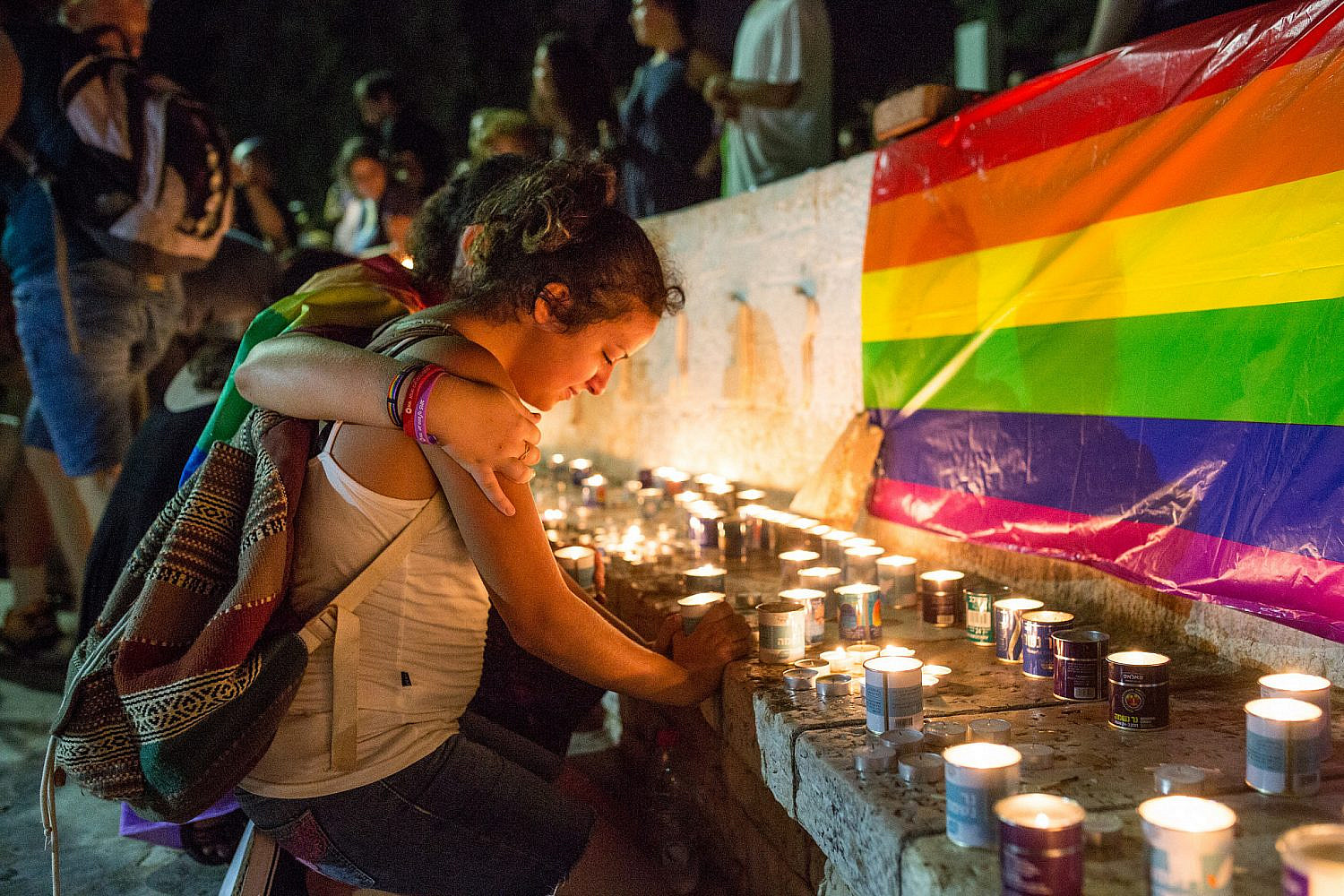
Yael Marom and Maayan Dak’s mournful response to the Pulse nightclub shooting in Orlando, Florida, which killed 49 mostly Latinx and Black queer clubgoers in June 2016, puts a name to a phenomenon whose systemic scope is all too rarely acknowledged. Homophobic and transphobic violence, which so often ends in murder, amounts to straight terrorism — and, as the authors write, it “hits us everywhere we live.” This is the kind of queer analysis that deserves to be heard more on +972 and beyond. – NRR
Supreme Court rules against exposing Israel’s role in Bosnian genocide | John Brown (2016)
For much of the past decade, +972 has reported on the human rights activists trying to expose the dark history and present of Israel’s support for dictatorships and war criminals. One of the prime examples came in late 2016, when Israel’s Supreme Court rejected a petition to reveal details of Israel’s defense exports to the former Yugoslavia during the Bosnian genocide in the 1990s — long after the UN slapped an arms embargo on the country, and after the publication of testimonies exposing genocide and the creation of concentration camps. As in so many similar cases, the Israeli legal establishment ruled that exposing Israel’s involvement in crimes against humanity could damage its foreign relations and lead to prosecution. That’s justice from Israel’s highest court for you. – EK
When heroes fall far from home | Samer Badawi (2017)
In this touching essay, Samer Badawi grieves his father, Osama, who was born in Tulkarem in 1944 but lost his right to return home to Palestine in the 1967 war, and was therefore buried in exile. Badawi weaves flashes of his own memory (he would go on drives around Abu Dhabi as his father made impassioned arguments against the night’s news, sometimes for hours, “as if prosecuting the world’s injustices before a jury of one”) with old family lore (Osama once skipped primary school to buy his mother a sandwich of freshly grilled liver and onions with his meager allowance), to tell a deeply personal story of grappling with the death of parent. But he also captures the pain of what it means to be an uprooted Palestinian in this world — whether as a first-generation refugee longing for a place that no longer exists, or as a child of refugees carrying the weight of this complex, “broken” identity. – Henriette Chacar
Challenging racial supremacy — from Charlottesville to Tel Aviv | Natasha Roth-Rowland (2017)
When a group of torch-carrying white supremacists descended on Charlottesville in October 2017, Natasha Roth-Rowland was transported to a 2014 demonstration in Tel Aviv, where she witnessed a group of far-right young men chant “death to Arabs.” While the two situations are vastly different, writes Roth-Rowland, the racial supremacism and violence at both demonstrations were emblematic of broader processes of right-wing radicalization taking place in Israel and the United States. What’s more challenging than the physical violence of racist mobs, and “the iconography of statues, ruins and flags,” notes Roth-Rowland, is each country’s refusal to come to terms with its history — and “the extent to which those histories aren’t history at all: they are here, with us, in different guises, but upholding the same structures of racial inequality, discrimination and segregation. Jim Crow lives on. The Nakba continues.” – HC
New anti-Semitism definition denies Palestinians’ right to challenge oppression | Laila Naheel & Hussein Samih (2018)
This brave article came out at a time when Palestinian voices were almost entirely absent — indeed, actively excluded — from discussions around the IHRA’s working definition of antisemitism. Focusing on the British Labour Party’s heated debates over the issue, Laila Naheel and Hussein Samih lay out how the IHRA definition threatens to silence any criticism of Israel by summarily deeming it racist, effectively criminalizing the Palestinian narrative and the struggle for their rights. Two years later, it is alarming to see governments and universities worldwide adopting and using the IHRA definition for that exact purpose — making Naheel’s and Samih’s warning ever more prescient. – AI
The myth of the Gaza ‘border’ | Amjad Iraqi (2018)
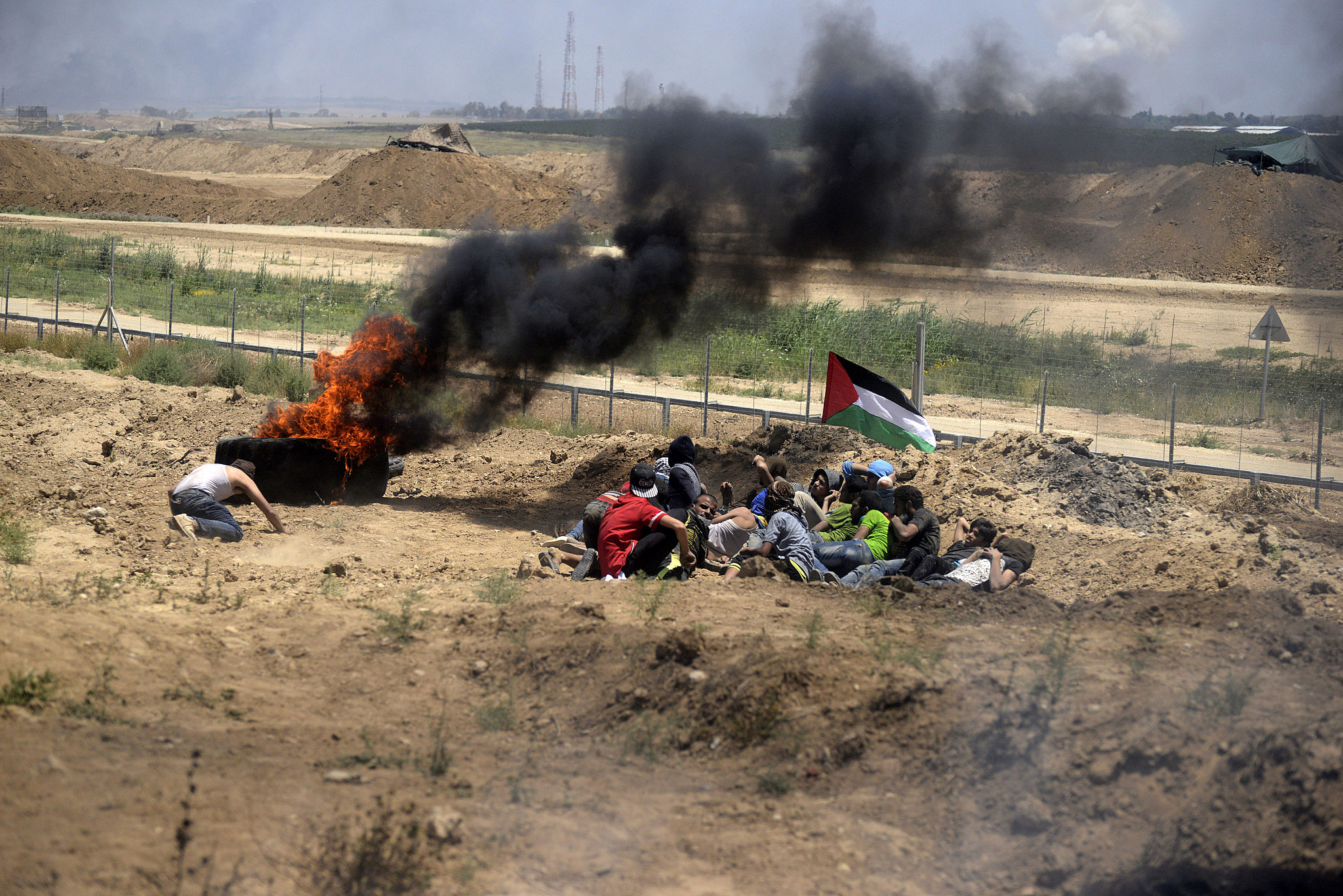
The Green Line, as +972 editor Amjad Iraqi observes in this complex and clarifying piece, obscures an inconvenient truth about Gaza: it makes little sense to refer to the strip as “occupied territory” when it is, in fact, “a segregated, debilitated, and subjugated part of Israel; a replica of the districts, townships, and reservations that imprisoned native populations and communities of color in apartheid South Africa, the United States, and other colonial regimes.” The myth that Gaza somehow lies outside Israel, Iraqi points out, is driven by the racist fear of a Palestinian population of which Israel cannot rid itself. – NRR
Interviews with Hasan al-Kurd | Rami Younis (2018-19)
Probably the most haunting interviews I’ve read on +972. Over the course of three conversations, Hasan al-Kurd, a leading organizer of Gaza’s Great March of Return, shares with Rami Younis the radical hope that drove tens of thousands of Palestinians to demonstrate at Israel’s militarized fence; and then describes the unbearable scars and traumas caused by Israeli snipers’ wanton violence against the protesters. Al-Kurd’s assessments are raw, heartbreaking, and vital to setting the record straight about one of the largest acts of nonviolent resistance in Palestinian history, why it failed, and what Palestinians and the world should learn from it. – AI
From heat waves to ‘eco-apartheid’: Climate change in Israel-Palestine | Matan Kaminer, Basma Fahoum, and Edo Konrad (2019)
As governments and social justice movements around the world slowly grapple with the accelerating devastation of the climate crisis, so too in Israel-Palestine are environmental activists mobilizing to raise public awareness. In this deep-dive, Edo Konrad, Basma Fahoum, and Matan Kaminer examine the movement’s efforts to create a sense of urgency around an issue that has so far struggled to garner sufficient popular pressure. They especially consider the unique challenges of organizing for the climate in a reality of apartheid, where Palestinians living under occupation and military blockade remain the most vulnerable to dangers such as creeping desertification and water scarcity. – HC
In a single decade, Israel turned asylum seekers into criminals | Oren Ziv (2019)
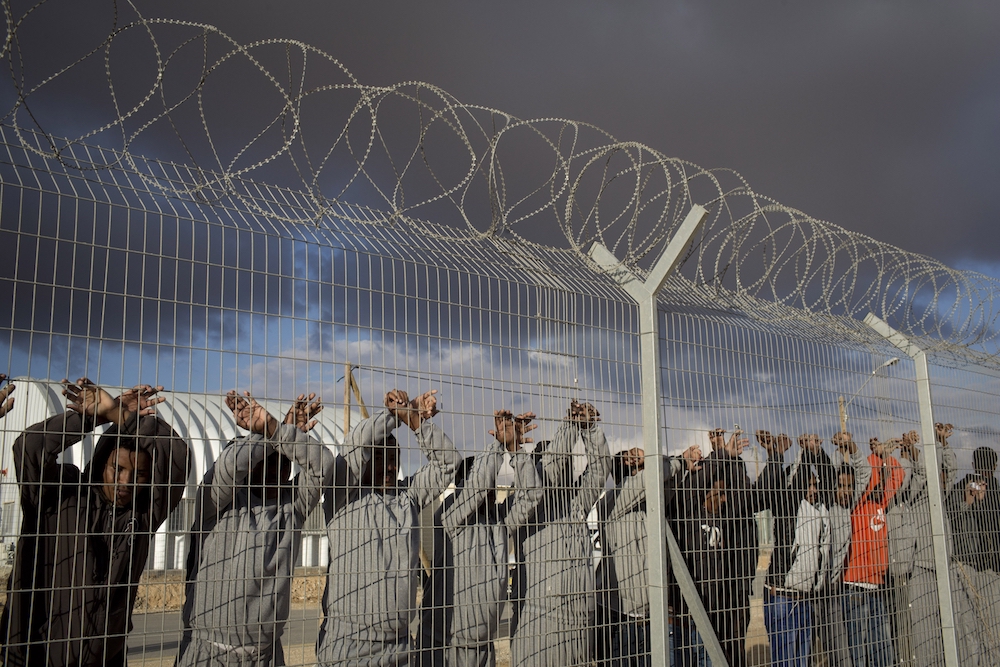
The trials of African asylum seekers in Israel over the past decade are almost too immense and vertigo-inducing to comprehend, let alone weave into an overarching narrative. Yet Oren Ziv does just that with this powerful blend of reportage, photography, and personal reflections, which takes us from south Tel Aviv to Rwanda and Uganda. The litany of indignities and cruelties — the arson attacks, the raids, the economic punishments, the vindictive grandstanding by populist politicians, the deportations — is endless. Yet an equally essential part of this story is the incredible acts of civil disobedience that asylum seekers organized — from a general strike to a protest march that was, Ziv writes, “one of the most spectacular things I had ever documented.” – NRR
My Palestinian sitty embodies the humanity Israel tries to deny us | Nooran Alhamdan (2019)
After Israel barred Rep. Rashida Tlaib from entering the country last August (with a nudge from U.S. President Donald Trump), she was no longer able to visit her Palestinian grandmother in the occupied West Bank. Hundreds took to social media to support the congresswoman, sharing photos and stories of their own Palestinian sitty. In this heartfelt, gorgeously written personal essay, Palestinian-American Nooran Alhamdan honors her grandmother, Najwa Qattan: “My grandmother is not just a beacon of warmth and love. Not just my first best friend. Not just an old woman with a lot of stories. She is a survivor. She is a living preservation of her city. She is the compass that points to justice. She embodies the humanity that so many wish to deny us, Palestinians.” – HC
We are all one staters now | Noam Sheizaf (2019)
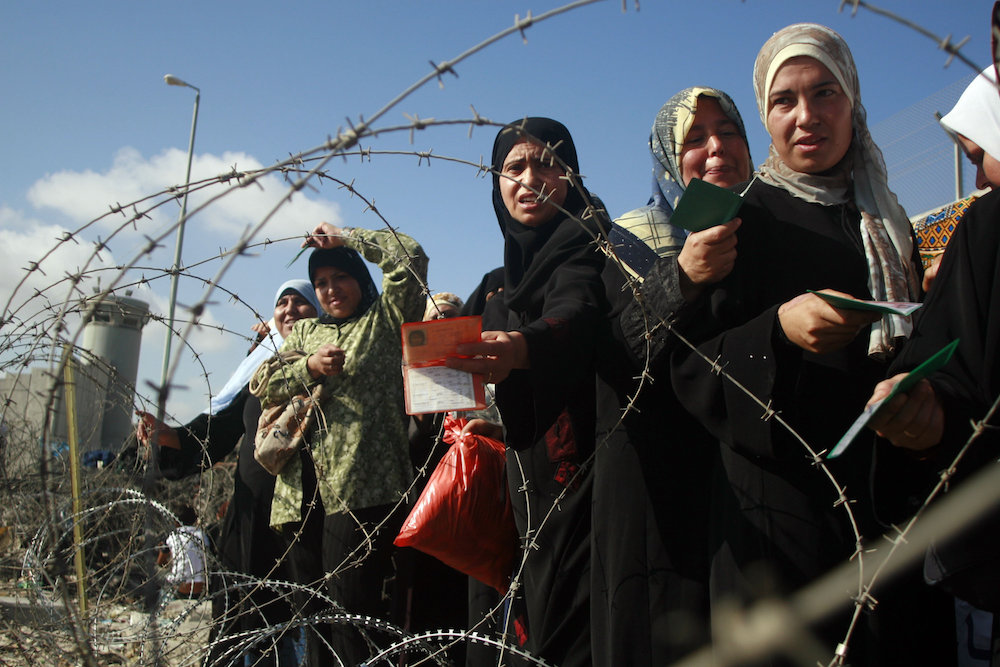
Another article where the title says it all. Reflecting on a decade of de facto Israeli annexation, Noam Sheizaf explains how the ideological debate over “one state versus two states” has long disguised the fact that, in reality, we have been living in a one-state reality for years. Contrary to the Israeli left’s warnings, that so-called “status quo” is very sustainable; and contrary to the world’s beliefs, much of Israeli society desires that arrangement. Sheizaf’s honesty about his own disproven thoughts around the conflict over the past decade make his lessons for progressives all the more important. – AI
How organized crime took over Israel’s Palestinian communities | Suha Arraf (2020)
In an unprecedented and comprehensive investigative report, based on months of research and data collection, Suha Arraf reveals how organized crime syndicates have created a “state within a state” in Palestinian villages, towns, and cities across Israel. Arraf interviews criminologists, attorneys, civil society activists, local leaders, former and current police officers, and foot soldiers who have actively carried out gang violence to paint an alarming picture of how these syndicates managed to take over large swaths of territory and accumulate immense political power through violence — all while Israel’s police turn a blind eye. – HC
The +972 Podcast featuring Tarek Bakri | Henriette Chacar (2020)

My favorite episode of The +972 Podcast. Guided by Henriette Chacar’s brilliant production, engineer-turned-archivist Tarek Bakri walks us through his fascinating project of using old photos and oral history to help Palestinians find their original homes and villages, many of which were destroyed or occupied by Israelis. Inspiring, saddening, and joyous all at the same time, the conversation gives us a glimpse into why the right of return is so sacred to Palestinians — and how that right can be exercised today and in the future. – AI




